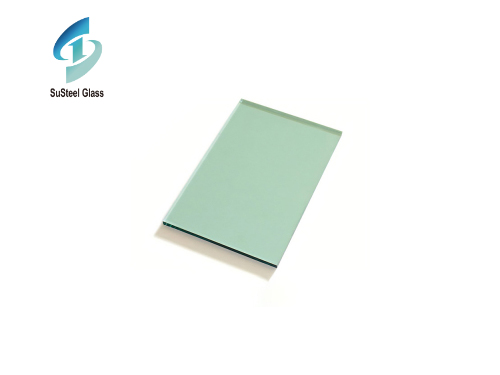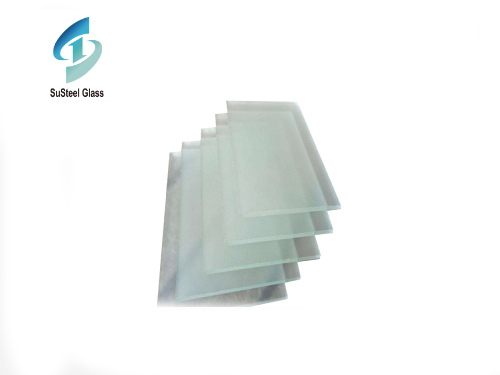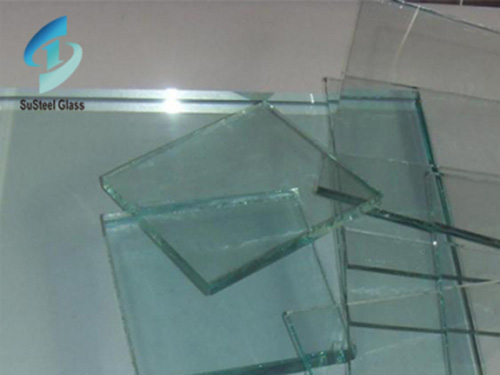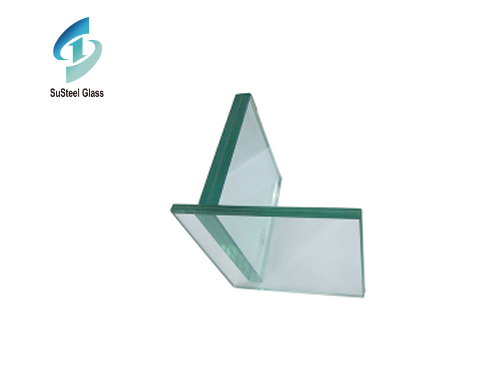
The production process of quartz glass for optics is as follows:
1. Manufacturing melting furnaces: There are two kinds of melting furnaces: clay furnaces and platinum furnaces. In recent years, quartz glass for optics that has infiltrated rare elements has used small white gold furnaces to maintain a stable quality.
2. Raw materials of quartz glass for optics are put into the melting furnace (especially the clay furnace) after a long time of drying, the raw materials are put into the melting furnace according to the special formula and other materials are selected to prepare for melting.
3. Heating, melting, stirring: heating conditions, depending on the material. However, all materials must be stirred evenly to achieve uniformity.
4. Cooling: a long time to be "Xu cold". However, the length of time also varies from material to material, which is the most important process to ensure excellent quality.
5. Splitting furnace, separation: split the clay furnace, take out the block rough embryo and select it.
6. Inspection, test, integral: check or test its performance item by item, to ensure the excellent quality of quartz glass for optics.
7. Cut off, chamfering (trimming) : according to the use and specifications of the block rough embryo, cut into small pieces and chamfering.
8. Embryo molding: the rough embryo after heating softening, according to the specifications of the engineering drawing, embryo molding. However, to make or prepare a variety of molds, tools and secondary materials in advance.
9. Blunt: annealing passivation, eliminate internal stress.
10. Test and inspection: test the optical properties and appearance of the embryo. The finished product of quartz glass for optics will become the wool embryo of the downstream industry (optical component manufacturing processing plant), continue to process and grind, become optical components.
 Exploring the World of Green Tinted Glass Products: Versatility and Sustainability
Exploring the World of Green Tinted Glass Products: Versatility and Sustainability
 Exploring the Versatility and Elegance of Custom Thick Glass
Exploring the Versatility and Elegance of Custom Thick Glass



